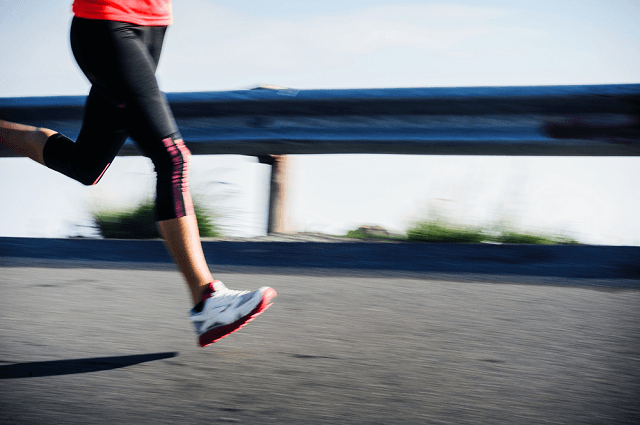
Broscience has permeated this question over the years, with every lifter at the gym coming up with a different answer:
- Lift before you do cardio otherwise you will ruin the gains you made from lifting.
- Do cardio first, and then lift because your body will remember best what you did last.
- Don’t do your cardio first because then your glycogen stores will be empty for when you want to lift!
- Do your cardio and lifting at the same time man, cause then you get super-sized gains!
And the list of well-meaning nuggets of “wisdom” go on and on.
There are a heap of reasons to get your cardio in. It helps develop general endurance, helps reduce your chances of developing heart disease and diabetes later in in life, and helps to lower cholesterol. Many lifters choose to bypass doing cardio over the course of their workout routine because they believe it will rob them of the gains that they are trying to develop on the bench press and in the squat rack.
We all know we should be doing cardio, but a great majority of us hate doing it. And it’s understandable. Staring at the display monitor while people pedal along beside you at 1-mph texting or talking on their phone isn’t really anybody’s idea of a good time.
So let’s take a look at what the smarty-pants with the white lab coats have to say on the topic.
What About Cardio Before Lifting?
Most lifters avoid the cardio area before they lift because they believe that doing aerobic exercise before lifting will fatigue them and leave them lifting less, thereby shorting their gains.
Research published in the Journal of Applied Physiology has shown this to be a myth. A group of 10 healthy young men pounded out 45 minutes with one leg on a stationary bike, and then were asked to do 4×7 knee extensions using both legs.
They did this for a five week period, and the results were a mixed bag – the leg that did only resistance training showed greater increases in concentric torque, but the muscle size showed greater improvement on the leg doing both the aerobic and resistance work. So while you won’t be lifting as heavy, you will still be getting improved gains in muscle size (if that is what your goal is, at least).
Another huge side benefit to doing your cardio first is that you are getting a legit warm-up in before you hit the weights. If you are like most lifters – and I know I have been guilty of this in the past as well – you tend to skimp on warming up.
After all, when the pre-workout kicks in and you have your game face on who in the world has time to do a dynamic warm-up? So while doing your aerobic stuff first might compromise your max lifting ability, it will lead you down a path of less injuries by virtue of forcing you to be warmed up before you hit the weights.
Well, How About Cardio After Lifting Then?
In another research study done by Finnish smarty-pants, they determined that after a 24-week program that there was no difference between exercisers who did cardio before or after their workouts. Both in terms of aerobic capacity and muscle size, both groups
Most bros will tell you to alternate cardio and lifting days in order to max out your gains. Another study done at McMaster University in Hamilton (my alma matter, represent!) of some middle-aged non-athlete types found that there “no indications of interference” in terms of getting responses from doing both cardio and resistance training back-to-back, further showing that it doesn’t overly seem to matter when you do your cardio. (This group performed their cardio after lifting.)
Putting It All Together
There are some generalizations that I would like to quickly make on this, and I hope that there is some research done on this (if there has been already, please forward it on to me so that I can update the post) in the future, as there is a surprisingly small amount of literature on the topic, especially given how often the question is asked in local gyms.
- Harder impact aerobic activities like running fatigue your joints more so than using a stationary bike, for instance. If you have a heavy squat day you’d probably be better off doing a thorough dynamic warm-up as opposed to bouncing your knees and ankles against the pavement first.
- Rest up between the two. One of the authors of the Finnish study emphasized the need for “sufficient rest between sessions” that feature both cardio and lifting. So don’t feel the need to sprint to the squat rack after your 8-hour erg bender.
- At the end of the day, it doesn’t really seem to matter when you do cardio. What matters most is setting up a workout schedule that is convenient for you.